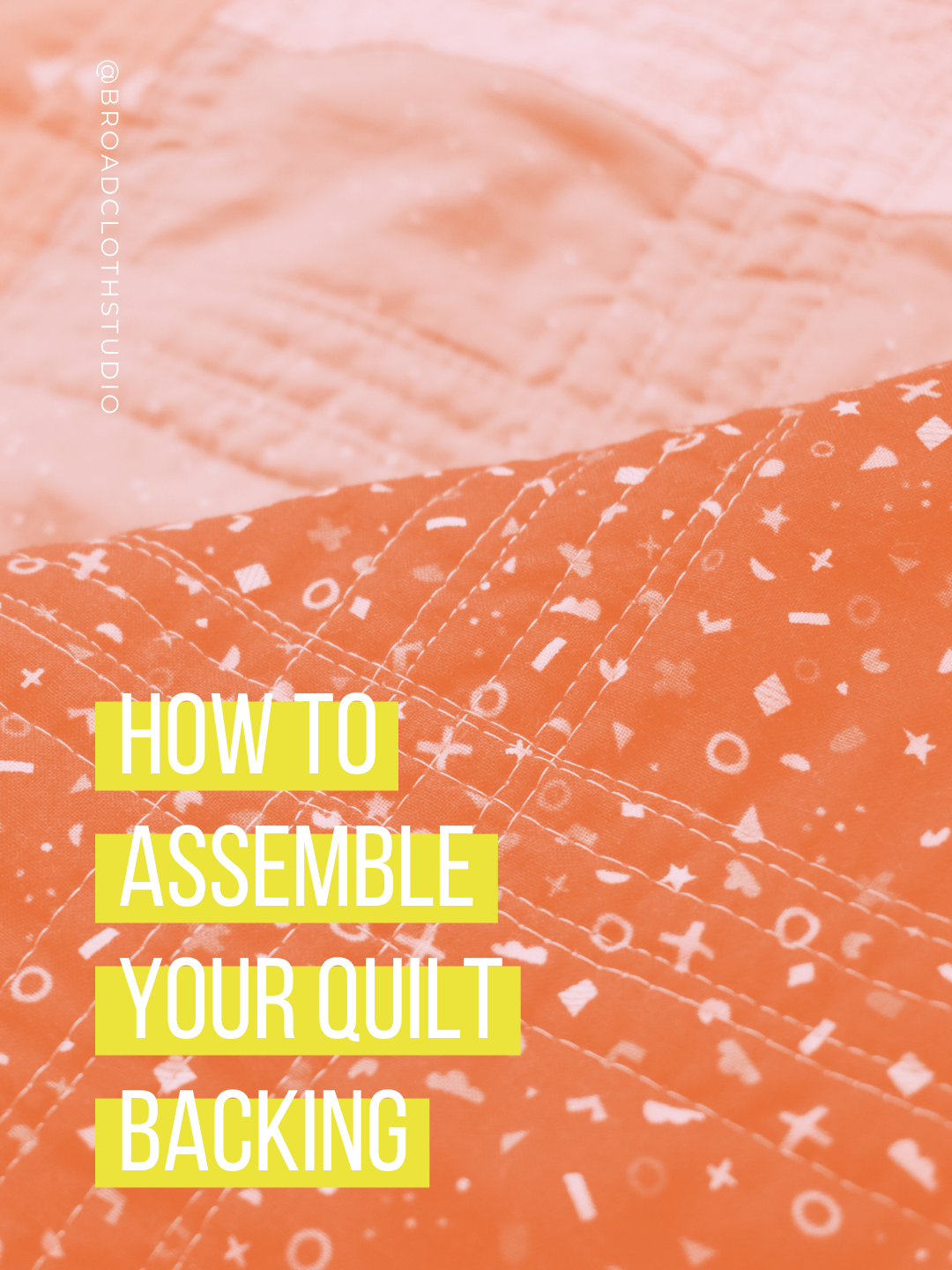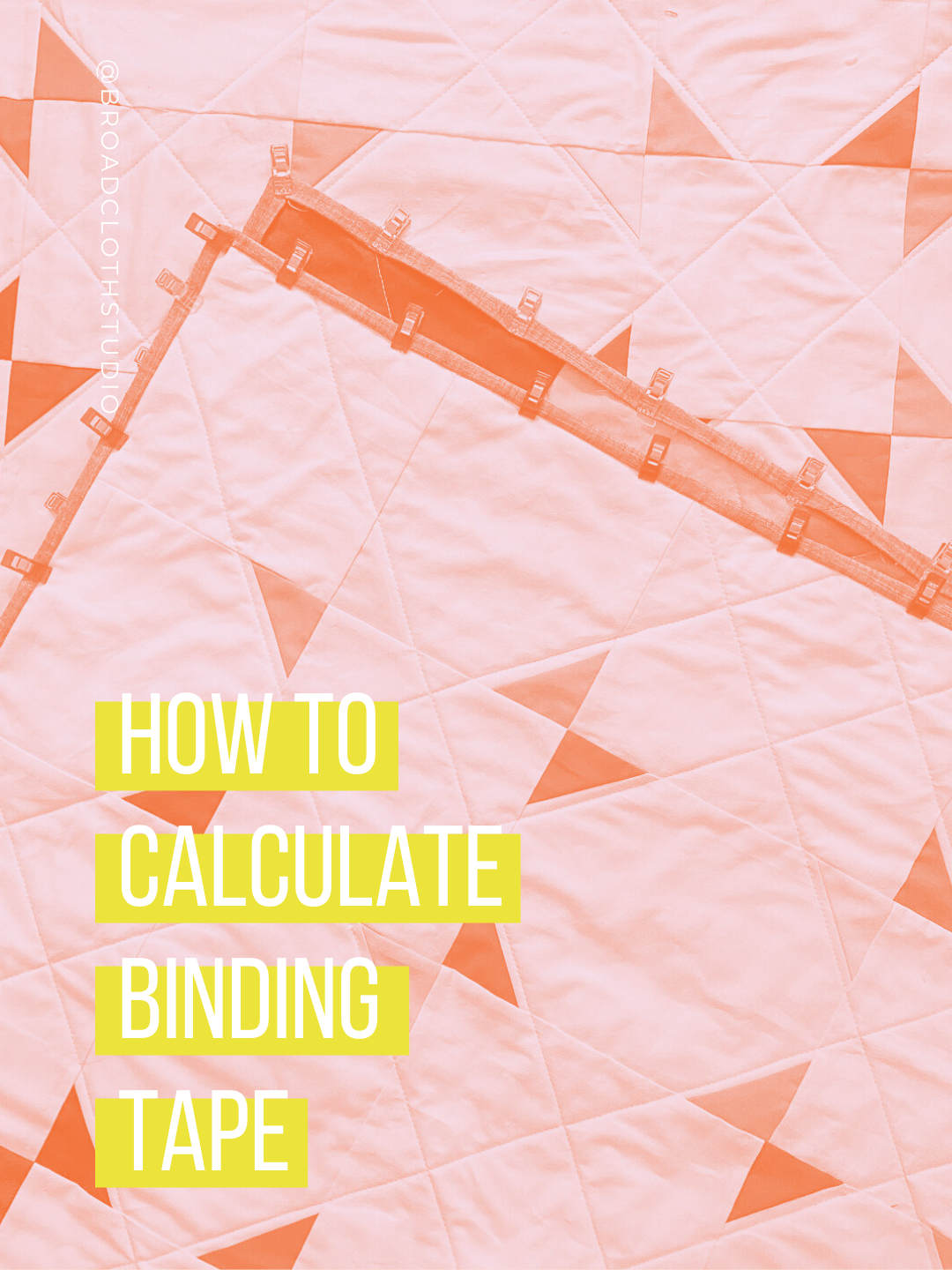How to Pin Baste Your Quilt
Basting is my least favorite step of the quilting process. Perhaps it is because I don’t have the floor space to tape my quilt sandwich down. Or perhaps it is because the largest table I have in the apartment is our dining room table which is painfully low. But, unless you’re sending your quilt out to be finished by a longarm quilter, it is a necessary evil. So, let’s dive in.
Methods
There are a couple different ways to baste, including safety pins, thread, and spray. Let’s take a minute to look at each method:
Safety-pins: if I am machine quilting, this is my go-to method for basting. It’s easy to remove the pins as I sew and I love that the pins can be reused! Make sure your pins are large enough to easily get through all three layers of the quilt sandwich, I like the 1.5-inch long ones, but if I had to, I’d go larger not smaller!
Thread: If you are going to hand quilt your quilt top, I would suggest thread basting instead of pins. Because I take my sweet time when hand quilting, I don’t want to tie up all my pins on that project! Plus, moving pins around to make room for my quilt is a pain.
Adhesive spray: I’ll be honest, I cannot speak to spray-basting as 1) I do not have enough ventilation in my apartment to make this a viable option and 2) I don’t like aerosols as a general rule and do my best to avoid them. There are a number of quilters who swear by spray basting though, so if you are interested in exploring the method, a good google search will come up with a number of tutorials!
Others: there is also this magic adhesive powder that I’ve played around with in the past. And while it works great, I do find it a bit messy and will only use it on small projects that fit comfortably on my ironing board.
PIN Basting Materials
Quilt Backing
Batting
Quilt Top
Safety Pins (I like the 1.5-inch long ones)
Painters Tape (optional, if you want to secure your quilt sandwich to the floor/your table edge)
How To PIN Baste
Prep
Before we dive in, I just want to caveat this step-by-step: this is the process that works for me. While writing it down, I realized that there are moments of pure inefficiency (and some of pure puzzlement). But, I’m probably going to continue my haphazard approach to basting as it works for me and is practical for my apartment set-up. The great thing about basting is that you can re-do it, so try different approaches and find the one that works best for you.
Clear off the flat surface where you are going to baste. For some, this is the floor, for myself, this is a table.
Make sure your quilt backing fabric is large enough to give you some overhang. I like to have about 4” all around, but if I am working on a smaller piece and I can use yardage, even if I only have an inch or two overhang, I’ll make an exception and be extra careful while working. If you have to assemble your quilt backing fabric, you can find my how-to here.
Give your quilt backing fabric a good press to get any wrinkles out
Place your quilt backing fabric wrong-side up on your flat surface and take a moment to get any bubbles out. If you are working on the floor, you can tape your backing down along the edges to secure it. If you're on the table, sometimes I find taping down the longest edge helpful, other times I don’t. But, I do generally find using one of the edges of the table to line up the edges of the quilt sandwich helpful (something to play around with!).
Layer your batting on top, making sure it is centered on the backing and that you have enough batting overhang for the quilt top (again, about 4” all around).
I’ll be real here, I often only unfold the batting package partway and trim one edge down to size while it is still folded up. Invariably, I have to readjust the backing and yes, I realize I could just measure it out and cut it before laying it down. But, full transparency, I never do. All to say, try different approaches to see what works for you and your space! If there are a lot of wrinkles in the batting, sometimes I let it sit overnight and will adjust the batting and backing the next day. I’ve heard that some folks like to use a hairdryer or a warm-iron on the wrinkles to get them out, but I’ve never tried it!
Place your quilt top down on top of the batting and backing, making sure to center as best as you can so that the overhang of batting and backing is equal all around. And if you have a seam in the backing, you’ll want to keep an eye to make sure it’s parallel to the edge of the quilt. And, don’t forget to smooth out all the bubbles!
Pin Basting
Before you dive in, one thing to mention: sometimes, it is easier to baste first and then mark your quilting lines. Sometimes you’ll want to mark your lines first and then baste. Some folks like to mark their lines before assembling their quilt sandwich. For me, I like to mark a couple lines, then baste that section, and continue working along the quilt. Because that works for me and the space I’m working in!
Start basting with your safety pins, creating a diamond grid, leaving about a fist (or 4-5 inches) of space between each pin. It’s a lot of pins, I know, but you want to make sure the quilt sandwich stays secure while you’re quilting. If you’re on a floor, start basting by adding pins from the middle out. If you’re on a table, I like to start from an edge and work from top to bottom.
As you go, make sure you are constantly on the watch for any bubbles, puckers, or wrinkles as you baste (not only in the quilt top, but you’ll be able to start to feel inconsistencies in the quilt back as you go). If you find any, you may need to lift and replace the layers. Take your time and stay aware!
Dozens (hundreds) of safety pins later, and you’re done.
Next Steps
If you haven’t marked your quilting lines yet, it’s time to do so and you can read more about all that here.












